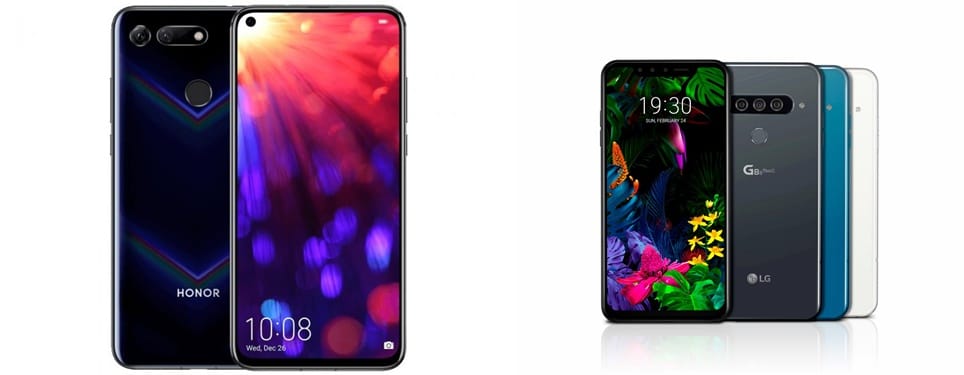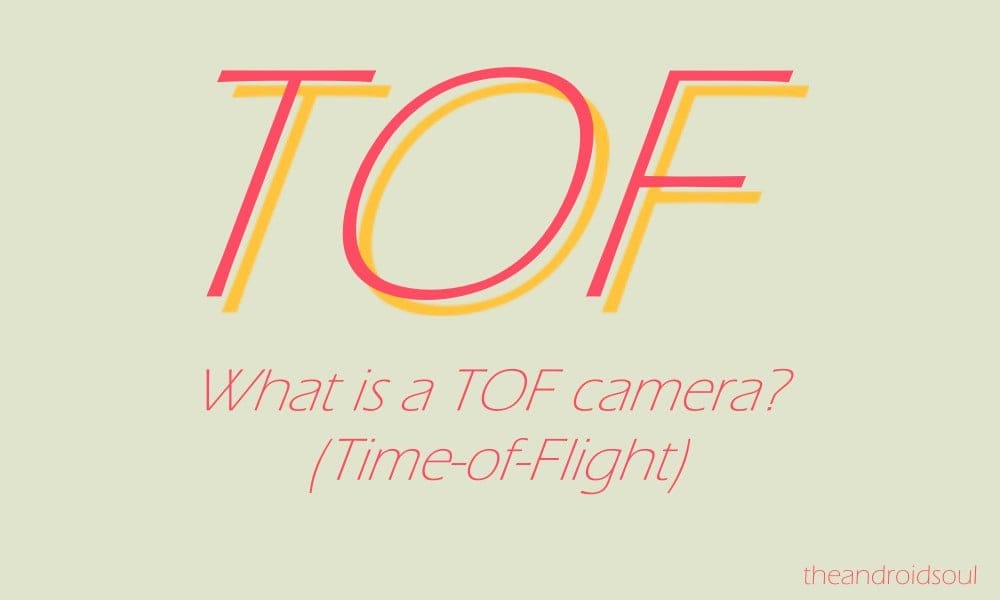Smartphones operate under competitive circumstances in today’s market. There is more pressure on companies to come up with better, stronger and more unique designs. Cameras are getting better and better, but how do these companies set themselves apart? The latest technology to embrace the camera suite is the Time-of-Flight camera also known as the ToF. Sounds a little intense, right? Well, let’s demystify this piece of technology.
ToF cameras are not very new, Microsoft has been working with these cameras for over a decade. They’ve used the technology in the Kinect v2 for gesture recognition. ToF also finds applications in drone photography and AR implementation.
However, it is only now that we see the integration of this camera sensor in commercial smartphones like the LG G8 Thinq and the Honor View 20.
So what does this camera really do?

How does ToF camera work?
The ToF camera is composed of three main components, a lens, a sensor, and an interface. It basically emits a flood of light onto the surface of the object and determines how much time the light takes to travel to the object and back. This, in turn, determines the distance of the object and its various parts from the phone. This is what the Samsung Galaxy S10 5G calls the 3D Depth Focus.
The cool thing about the ToF camera is that it is able to isolate the object from the background as it is able to accurately calculate the distance of the object from the lens.
Up until now, smartphone cameras had been using Stereo vision. This technology uses two or more image sensors to roughly calculate the distance of the object. It attempts to emulate human binocular vision and doesn’t work very well in low light conditions. Stereo vision isn’t very accurate as it is unable to make both the cameras correspond to the same point on an object. This leads to disparity which makes your image look a little rough.
While the jury is still out on the ToF camera, we know that it’s creating quite a buzz.
Some of the phones like Vivo NEX Dual Display allow you to even adjust the speed of light emitted to manipulate the image. In fact, Apple plans to integrate ToF technology into its 2020 iPhone for an enhanced AR experience. Sony has amped its production of ToF cameras, anticipating the interest from Apple. Sure, ToF sounds like a gimmick but the science behind it is quite legitimate. If you’re looking for crisper and sharper images from your phone’s camera, don’t miss out on this feature.

Android phones with ToF camera tech
As of now, there aren’t too many phones that have included the ToF camera in their technical specs. However, we see that boat changing course soon. Here’s a list of smartphones that come equipped with this cutting edge technology.
- Honor Magic 2 3D
- Honor View 20
- Nokia 9 PureView
- Huawei Mate X
- Samsung Galaxy S10 5G
- LG G8 ThinQ
- LG G8s ThinQ
- Vivo NEX Dual Display
- Galaxy Note 10 (rumored)
Should you buy a ToF camera phone?
If you’re planning to buy a phone in the near future, it’s a good idea to get one with a ToF camera. Cool things abound from this technology, better AR gaming compatibility and more. The LG G8 ThinQ uses the sensor to unlock your phone with a wave of your hand. Smartphone technology has come a long way and the inclusion of ToF technology is definitely a step in the right direction.













Discussion